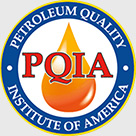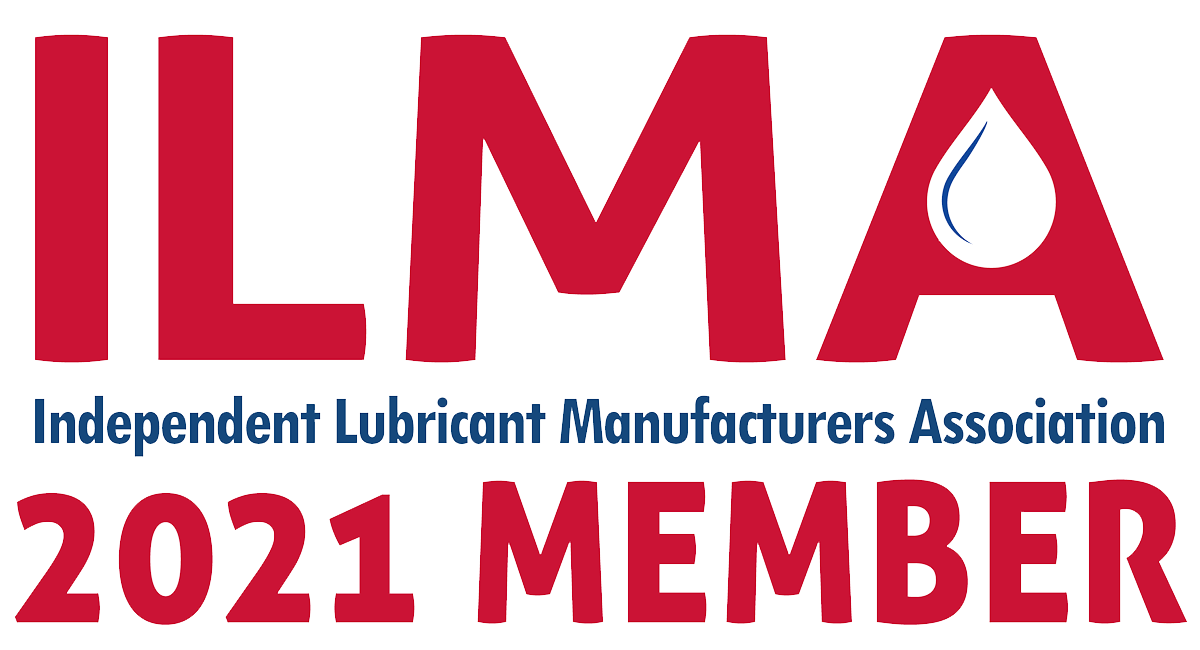Oils and lubricants have played a major role throughout the history of the United States, from powering our industry to fueling our vehicles and everything in between.
Even before the colonists arrived, Native Americans had used crude oil for various purposes. Some used it for waterproofing and building and most believed it had medicinal properties. The Seneca tribe were particularly interested in the material, obtaining it from seeps in what is now upstate New York and trading it. Crude oil even came to be known as “Seneca Oil.”
“We were a horse and carriage society. We were pulling everything with horse and carts. They were using animal fats and oil,” Rick Palmore, Strategic Consultant for PetroChoice, said. A lot of what they used came from whale fat. They were hunted almost to extinction.”
Up until about the 1850’s, demand for crude oil was relatively low. Most oil used for illumination or lubrication was derived from animal (often whale) fat. That changed once kerosene lamps became popular. In 1851, Samuel Kier created a process to distill crude oil into what he called “carbon oil” and began marketing it as fuel for lamps.
Related: Learn More About the Origins of PetroChoice
Many experts say the oil industry as we know it began in 1859 when Edwin Drake successfully struck oil near Titusville, Pennsylvania. His well was the first drilled specifically with the intent of finding crude oil. By 1861, the United States was producing 2.1 million barrels per year.
Drilling expanded to other areas of the country as oil, and oil marketers, became a part of the fabric of American society. No one was more synonymous with this booming industry than John D. Rockefeller, founder and chairman of Standard Oil Company.
Through relentless acquisitions and transportation deals with logistics companies, Standard Oil was able to control 90 percent of the nation’s refining capacity by 1878. While many of their tactics were questionable, Standard Oil was also ahead of its time. In pre-automobile America, many companies dumped and discarded gasoline while Standard was using it to fuel machines. They managed to take waste products from the refining process and create things like synthetic beeswax.
In 1890, congress passed the Sherman Antitrust Act, which targeted monopolies and attempted to prevent unfair trading practices. In 1911 Standard Oil was declared a monopoly in violation of the act and broken into 34 independent companies. Many of these companies continue to exist at the forefront of the oil and lubrication industry today.
Rockefeller’s company may have been no more, but he had left his mark on an industry that was now firmly entrenched in American society. The burgeoning auto industry, rapid industrialization and increasing government interest was about to make oil take off.
“There are three defining factors that have changed the history of motor oil,” Palmore said. “Number one is the scale of the job, the second is efficiency, getting the amount of power and getting what you need out of equipment. The third has been the government.”




